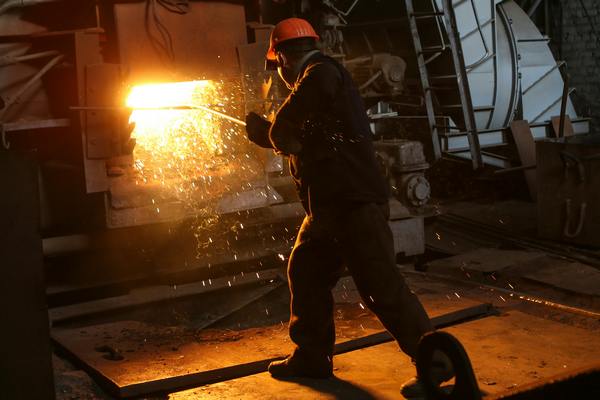Innovations and Precision: The Art of Heavy Metal Fabrication
Heavy metal fabrication stands as one of the most vital sectors in modern industry, serving as the backbone for the construction of robust infrastructure, industrial machinery, and custom-designed projects. This field involves transforming raw metal materials into durable, precision-engineered components that can withstand extreme conditions and heavy usage. As advancements in technology and engineering continue to evolve, the art of heavy metal fabrication is not only a testament to human ingenuity but also a critical factor in the success of projects spanning from bridges and buildings to mining equipment and energy systems. Besides, heavy metal fabrication in the textile industry involves manufacturing and assembling metal components used in textile machinery, infrastructure, and production processes. It plays a critical role in ensuring durability, precision, and efficiency in textile operations.
Understanding Heavy Metal Fabrication
At its core, heavy metal fabrication involves a multi-step process that transforms raw metals into precision-engineered components, each phase demanding specialized techniques and expert craftsmanship. The process begins with the meticulous selection of materials. Fabricators evaluate various metals—such as steel, aluminum, and even specialized alloys—based on their mechanical properties, including tensile strength, durability, and corrosion resistance. This initial step is critical, as the performance and longevity of the final product largely depend on choosing the right material for the intended application.
Once the appropriate material is selected, the process moves into the cutting phase. Modern fabrication facilities employ a range of cutting techniques, from traditional mechanical sawing to advanced methods like laser and plasma cutting. Laser cutting, in particular, offers remarkable precision, allowing for intricate designs and tight tolerances that are essential in heavy-duty applications. Plasma cutting is equally important when working with thicker materials, as it provides the power and speed needed to slice through robust metals efficiently. Both methods ensure that each piece is cut to the exact dimensions required for the subsequent processes.
Following cutting, the focus shifts to bending and forming the metal into the desired shapes. Bending in heavy metal fabrication is no simple task—it requires specialized equipment capable of exerting significant force while maintaining the integrity of the material. Whether executing a simple bend or a complex multi-angle curve, the machinery is calibrated to preserve the metal’s strength and prevent undue stress that could lead to structural weaknesses. This precision forming is crucial, as any deviation can affect the fit and performance of the final product.
Welding then becomes a central component of the fabrication process. In heavy metal applications, welding is more than just joining pieces together—it is the art of creating seamless, strong unions that withstand extreme conditions. Techniques such as TIG (Tungsten Inert Gas) and MIG (Metal Inert Gas) welding are commonly used to ensure clean and robust joins. The industry has also embraced robotic welding systems, which enhance consistency and precision, reducing human error while maintaining high quality in every weld. This is particularly vital in industries where even the slightest flaw can compromise the safety and effectiveness of critical infrastructure.
After welding, the assembly phase integrates all the fabricated parts into a cohesive final product. This stage involves rigorous quality control measures, where each assembly undergoes thorough testing. Inspections may include stress testing, dimensional verification, and corrosion resistance assessments to ensure that every component meets stringent performance and safety standards. These quality checks are integral, providing the assurance that the final product will perform reliably in real-world conditions.
A transformative factor in heavy metal fabrication has been the integration of computer-aided design (CAD) and computer numerical control (CNC) machining. CAD software enables engineers to create detailed, three-dimensional models of projects long before physical fabrication begins. These virtual models allow for simulations that help anticipate potential issues, optimize material usage, and refine the design to achieve the highest precision possible. Once the design is finalized, CNC machines take over, executing tasks with unparalleled accuracy. This digital-to-physical workflow not only minimizes errors but also significantly accelerates production times while ensuring repeatability and consistency.
Conclusion
Heavy metal fabrication is a sophisticated process that marries traditional craftsmanship with modern technological advancements. Heavy metal fabrication plays a crucial role in the textile industry by providing durable and precisely engineered components for machinery and processing systems. Each step—from material selection through cutting, bending, welding, and final assembly—is intricately linked, demanding both technical expertise and innovative problem-solving. As fabrication technology continues to evolve, the industry remains dedicated to enhancing efficiency, quality, and safety, ensuring that every project meets the rigorous demands of modern engineering and construction.
